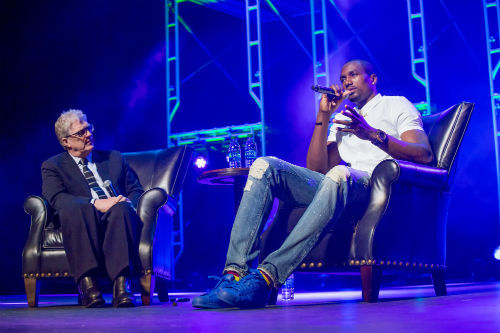
We can hear the thunder, Oklahoma City! At your resounding forum last weekend, your city illustrated loud and clear that creativity is alive. It is sweeping down the plains, an insuppressible force of nature inspiring, uniting, renewing, committing us once again in our belief in Picasso’s thesis that “Every child is born an artist. The problem is how to remain an artist once we grow up.”
If you do something well enough, if you do something often enough, you will ultimately bring about positive change. I’m convinced we are making progress. Study after study after study has reminded us of the importance of learners honing their creative skills. And of course, timing is everything. The 21st century world desperately seeks young people who are creative, can problem solve and who have the social and emotional skills to collaborate and work productively with others. “When you convene a group of passionate, dedicated people all committed to a movement, you walk away with renewed hope that we are getting closer to that tipping point,” comments Faber Castell Chief Jamie Gallagher, whose enlightening presentation concluded with the important take home that educational efforts need to also “satisfy business needs” so that creativity “is not just seen as a theory but as a solution.” Educator and moving creative advocate Jean Henrickson told me the forum inspired her to “amplify the work of building creative, relevant learning environments for all children.”

I believe innovation is an orientation, and from my experience as a parent nurturing an innovator, this begins in kindergarten and then must be very carefully fostered throughout a child’s educational career. In her dynamic presentation, Deborah Wince-Smith (President & CEO of the Council on Competitiveness) reminded us of the importance of an inter-disciplinary approach to learning: “Artists must think more like engineers and engineers must think more like artists.” Deborah’s comment brings to mind an observation Sir Ken Robinson made many years ago when I first interviewed him. We were talking about the separate insect rooms you might find at a Natural History Museum, i.e. one for beetles, one for butterflies, one for spiders and so on; Ken pointed out that in the real world, “you don’t see the butterflies all by themselves over in one corner or the spiders lined up in columns keeping their distance.” So building on Ken’s perspective of making learning relevant to the “real” world, how do you get creative problem solvers if you keep the arts out of science or the science out of arts?
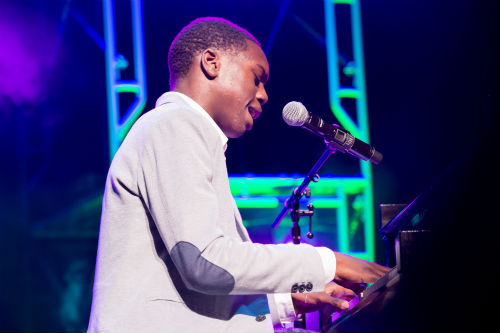
What does the world do when things fall apart? To whom do we turn for inspiration? In my experience, we turn to the visionaries, the creative thinkers, the problem solvers, and the artists who instinctively know how to hold our breaking hearts and bring us to a better place. Take a country like Rwanda, which has gone from the horrors of genocide to rebirth. According to Yves Iradukunda (Bridge2Rwanda), this has been fueled by “visionary leadership coupled with the resilience and enduring spirit of her people.” Rwanda has seen tremendous socio-economic progress in the last 20 years. Her story of rebirth after a devastating tragedy touched us deeply in Oklahoma. It is a great case study of how innovative homegrown solutions were used to tackle seemingly impossible challenges. It is a story I hope others will explore because there is much we can all learn from Rwanda.
Serge Ibaka (Go Oklahoma City Thunder!), how right you are: “dreams are free,” and if only we could all “appreciate our dreams, celebrate our hopes, enjoy where we are going,” as my new friend, the wonderful poet James Navé, points out.
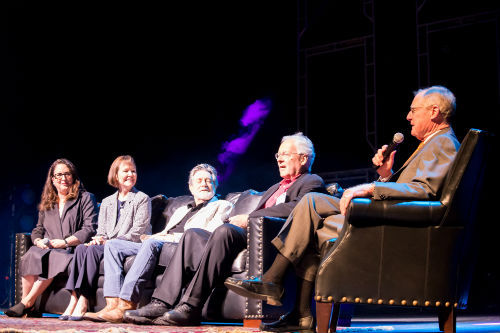
It was my great pleasure on this trip to spend time with Alexandra Anastasia Hamilton, Duchess of Abercorn, known to her friends as Sacha to talk about her famous ancestor, Alexander Pushkin, and hear about the uplifting cross-curricular, cross-community, cross-border creative initiatives the Pushkin Trust has mounted in Northern Ireland. Sacha told me that the Creative Oklahoma Forum reinforced her belief in “the emergence of a new paradigm – a new web of life, fit for the 21st century.” The “paramount importance of the voice of the child as the center point of regeneration for our world at this time cannot be over-estimated.”
So I leave you to think about what else each of us working in education, energy, water, mental health, hunger, violence and livable communities can do today, tomorrow and every day to nurture creativity in the lives of our children everywhere going forward. Our children are born artists – it is the duty of every one of us to cultivate their gifts so as to help them fulfill their dreams and ultimately find their purpose.
(All photos are courtesy of Creative Oklahoma Creativity World Forum Oklahoma 2015)
For another article on the Creative Oklahoma World Forum 2015: Ideas Ideas Ideas Ideas!
Join me and globally renowned thought leaders including Sir Michael Barber (UK), Dr. Michael Block (U.S.), Dr. Leon Botstein (U.S.), Professor Clay Christensen (U.S.), Dr. Linda Darling-Hammond (U.S.), Dr. MadhavChavan (India), Professor Michael Fullan (Canada), Professor Howard Gardner (U.S.), Professor Andy Hargreaves (U.S.), Professor Yvonne Hellman (The Netherlands), Professor Kristin Helstad (Norway), Jean Hendrickson (U.S.), Professor Rose Hipkins (New Zealand), Professor Cornelia Hoogland (Canada), Honourable Jeff Johnson (Canada), Mme. Chantal Kaufmann (Belgium), Dr. EijaKauppinen (Finland), State Secretary TapioKosunen (Finland), Professor Dominique Lafontaine (Belgium), Professor Hugh Lauder (UK), Lord Ken Macdonald (UK), Professor Geoff Masters (Australia), Professor Barry McGaw (Australia), Shiv Nadar (India), Professor R. Natarajan (India), Dr. Pak Tee Ng (Singapore), Dr. Denise Pope (US), Sridhar Rajagopalan (India), Dr. Diane Ravitch (U.S.), Richard Wilson Riley (U.S.), Sir Ken Robinson (UK), Professor Pasi Sahlberg (Finland), Professor Manabu Sato (Japan), Andreas Schleicher (PISA, OECD), Dr. Anthony Seldon (UK), Dr. David Shaffer (U.S.), Dr. Kirsten Sivesind (Norway), Chancellor Stephen Spahn (U.S.), Yves Theze (LyceeFrancais U.S.), Professor Charles Ungerleider (Canada), Professor Tony Wagner (U.S.), Sir David Watson (UK), Professor Dylan Wiliam (UK), Dr. Mark Wormald (UK), Professor Theo Wubbels (The Netherlands), Professor Michael Young (UK), and Professor Minxuan Zhang (China) as they explore the big picture education questions that all nations face today.
The Global Search for Education Community Page
C. M. Rubin is the author of two widely read online series for which she received a 2011 Upton Sinclair award, “The Global Search for Education” and “How Will We Read?” She is also the author of three bestselling books, including The Real Alice in Wonderland, is the publisher of CMRubinWorld, and is a Disruptor Foundation Fellow.
Follow C. M. Rubin on Twitter: www.twitter.com/@cmrubinworld


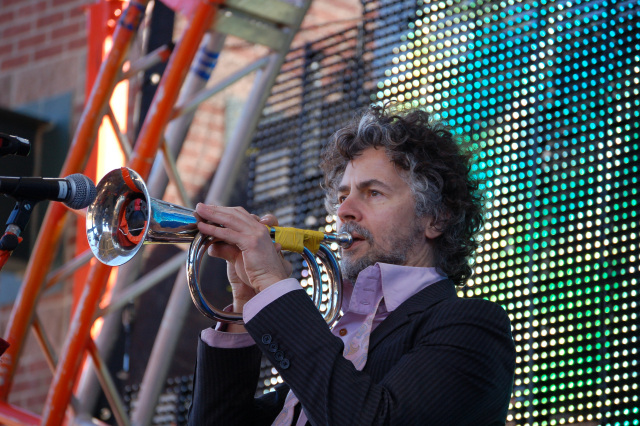

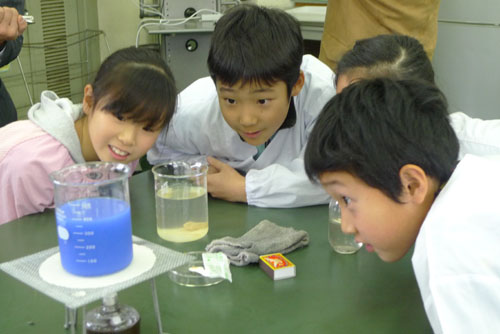
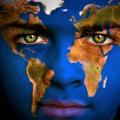
Recent Comments